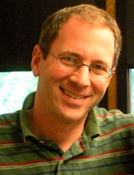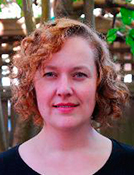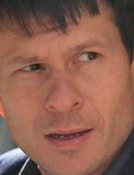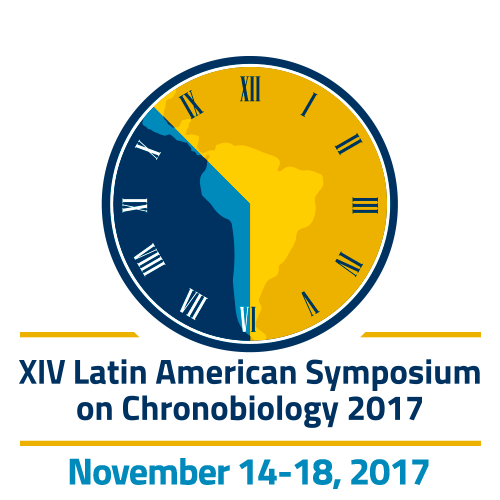Invited speakers
XIV Latin American Symposium on Chronobiology 2017 - LASC 2017
 Tom de Boer
Tom de Boer
Leiden University Medical Center, The Netherlands.
Tom de Boer’s group researches sleep regulation with an emphasis on the interaction between the circadian clock and sleep regulatory mechanisms, using rats and mice as model organisms.
 Carla Green
Carla Green
University of Texas Southwestern Medical Center, USA.
The Green Lab studies the molecular mechanism of circadian timing in mammals, with a particular interest in transcriptional and post-transcriptional regulatory mechanisms.
Website: http://www.utsouthwestern.edu/labs/green-carla/
 Charlotte Foerster
Charlotte Foerster
Würzburg University, Germany.
Charlotte Foerster research interests are to decipher the circadian clock at the molecular and neuronal network level, to understand how it is synchronized to the environmental cycles on earth, and how it controls behavior. Her work uses the model insect Drosophila melanogaster as well of other insects, mainly social insects that show a photoperiodic diapause.
Website: http://www.neurogenetics.biozentrum.uni-wuerzburg.de/en/research/wg_foerster/
 Erik Herzog
Erik Herzog
Washington University, USA.
The Herzog Lab studies the cellular and molecular basis of circadian rhythms in mammals. Current research asks which cells generate this rhythmicity, how do they synchronize to one another, and what makes them unique in their ability to keep time?
Website: https://wubio.wustl.edu/herzog
 Jennifer Loros
Jennifer Loros
Dartmouth College, USA.
Jennifer Loros’s research seeks to understand the mechanism by which eukaryotic organisms keep time on a daily basis, and how this capacity is used to regulate metabolism and development. Her work uses primarily the fungus, Neurospora crassa, as model organism.
Website: https://geiselmed.dartmouth.edu/dunlaploros/
 Carrie Partch
Carrie Partch
University of California Santa Cruz, USA.
Carrie Partch’s research seeks to identify the fundamental basis of crosstalk between the circadian clock and DNA damage checkpoint response to understand how disruption of the clock regulates oncogenesis. Her work integrates diverse experimental approaches from cell biology to solution NMR spectroscopy to gain an atomic-level understanding of the clock, as well as providing new targets and/or a temporal basis for improved therapeutic intervention in cancer.
Website: http://www.partchlab.com/
 Orie Shafer
Orie Shafer
University of Michigan, USA.
The Shafer lab employs anatomical, genetic, and live-imaging techniques in Drosophila to discover how time is kept within the brain and how it is used to orchestrate daily and seasonal changes in behavior.
Website: http://neuroscience.med.umich.edu/directory/faculty/orie-shafer
 Paul Taghert
Paul Taghert
Washington University, USA.
Paul Taghert’s research seeks to understand the organization, regulation and outputs of circadian neural circuits in the Drosophila brain. By using the remarkable molecular genetic methods that are available with this model system his research investigates how circadian timing information is organized in neuronal circuits to regulate daily behavior.
Website: http://dbbs.wustl.edu/faculty/Pages/faculty_bio.aspx?SID=1534
 Vlad Vyazovskiy
Vlad Vyazovskiy
University of Oxford, UK.
Sleep is a phenomenon of astounding complexity, which makes it difficult to understand and even define unequivocally. It can be viewed as behavior, a brain state and a process, which are intricately interrelated, and manifest themselves at many distinct spatio-temporal scales. Vlad Vyazovskiy’s research aims to understand the mechanisms governing the spatio-temporal dynamics of brain activity during sleep. This will help us to understand not only what sleep is, but also why it is necessary.
Website: http://vvlab.org/index.php/80-research/24-vladvyazovskiylaboratory

